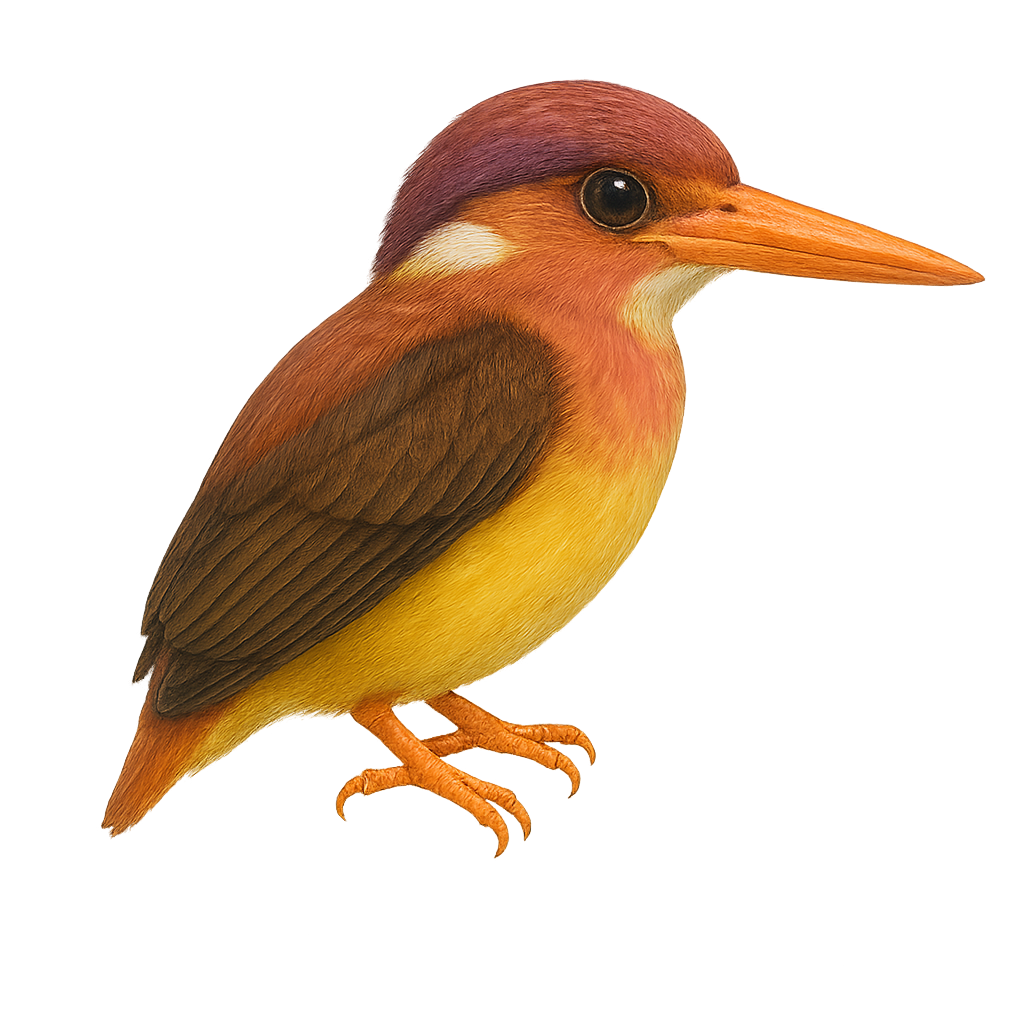Your wildlife photography guide.
Explore the philippine dwarf kingfisher in detail, study its behavior, prepare your shots.
Where to observe and photograph the philippine dwarf kingfisher in the wild
Learn where and when to spot the philippine dwarf kingfisher in the wild, how to identify the species based on distinctive features, and what natural environments it inhabits. The WildlifePhotographer app offers tailored photography tips that reflect the philippine dwarf kingfisher’s behavior, helping you capture better wildlife images. Explore the full species profile for key information including description, habitat, active periods, and approach techniques.
Philippine Dwarf Kingfisher
Scientific name: Ceyx melanurus

IUCN Status: Least Concern
Family: ALCEDINIDAE
Group: Birds
Sensitivity to human approach: Suspicious
Minimum approach distance: 5 m
Courtship display: March to April
Incubation: 20-22 jours
Hatchings: March to May
Habitat:
Tropical rainforests, rivers, streams
Activity period :
Primarily active during the day, with peak activity in the morning and late afternoon.
Identification and description:
The Philippine Dwarf Kingfisher, or Ceyx melanurus, is a small bird, measuring about 13 cm in length. It is primarily found in the humid tropical forests of the Philippines. Its vivid coloration, with a black back contrasting with bright blue wings and an orange belly, makes it a striking sight. This kingfisher feeds mainly on small fish and insects, which it captures by quickly diving from a low branch. It is often seen near rivers and streams, where it builds its nest in tunnels dug into the banks. Although its population is stable, deforestation poses a potential threat to its natural habitat.
Recommended lens:
400mm – adjust based on distance, desired framing (portrait or habitat), and approach conditions.
Photography tips:
To photograph the Philippine Dwarf Kingfisher, it is advisable to use a 400mm lens or longer to capture detailed images without disturbing the bird. Look for areas near rivers or streams where these birds are active. Be patient and discreet, as they can be suspicious. Use a tripod to stabilize your camera and wait for the right moment to capture the bird in flight or diving for prey. Take advantage of the natural morning light to achieve bright and vivid colors.
The WildlifePhotographer App is coming soon!
Be the first to explore the best nature spots, track rutting seasons, log your observations, and observe more wildlife.
Already 1 432 wildlife lovers subscribed worldwide

